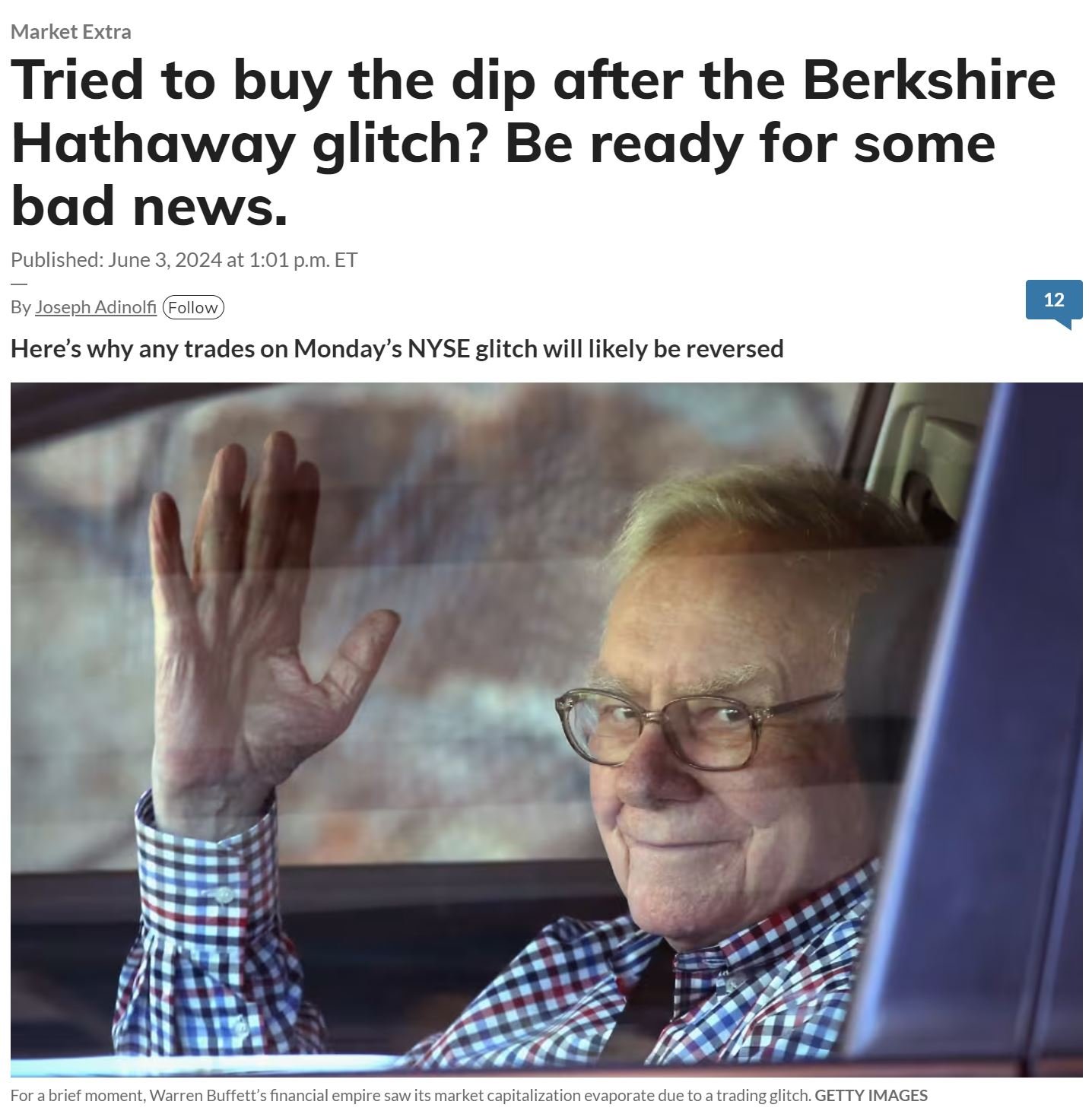Make sure you also read our more detailed post in our Forum, related to today’s events and how to manage events like this.
If you were running a restaurant, would you categorize going to the produce market to buy inventory as risk?
Or if you had a flower shop, would you think of getting fresh-cut flowers at 4am on the wholesale market as risk?
You wouldn’t, and correctly so. Getting inventory to run your business - as long as you do it wisely - is not a risk, it’s part of running your business. (We had a webinar on this, remember?)
The real risks of running a business lie elsewhere, as any MBA student or lemonade-selling kid knows.
Still, many developing traders think of a losing trade as risk. But, assuming the math was done, it’s not risk, it’s a normal part of running the business: putting on a trade is exactly like getting inventory (again, as long as somebody did the math and we trade with an edge.) We have to put on a trade to make money. Without risk, (good risk, calculated risk, managed risk), there’s no profit. Reward and risk: two sides of the same coin.
Events on the US markets are unfolding as we write this, so we’ll keep this short: in trading, too, the real risk lies not in getting inventory. Human errors, computer crashes, data connection issues, account access issues, hanging orders, overnight gaps, or, as now, systematic risk*: those are the real risks that must be mitigated, planned for, considered, and managed when they happen. Because it’s a when, not an if. And we are watching it right now.
*”Market risk, also called systematic risk, cannot be eliminated through diversification, though it can be hedged in other ways and tends to influence the entire market at the same time. Specific risk, in contrast, is unique to a specific company or industry.” (Source: Investopedia)






